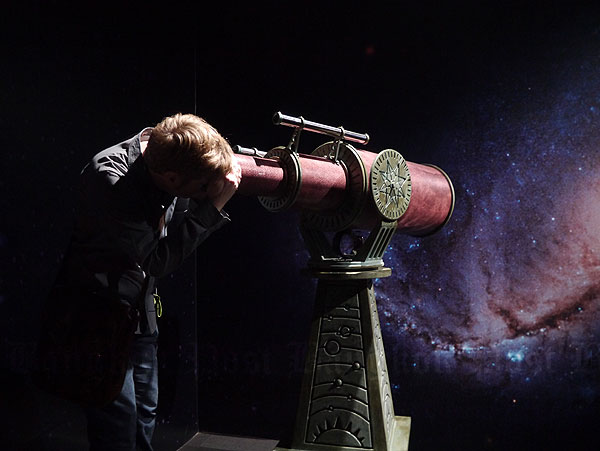
SW explores the NASA exhibition
By Ben Edwards
Photographs by Kik Wongchalard
From December 1 last year until February 1, Bangkok’s Central Lad Prao shopping mall was host to the NASA: A Human Adventure exhibition.
Student Weekly went along to check out this informative and inspiring exhibition.
The NASA: A Human Adventure exhibition displayed a huge collection of memorabilia, models and equipment relating to the Space Race and beyond. It also provided plenty of fascinating information about the history of space exploration and about how so much amazing technology was developed so rapidly.
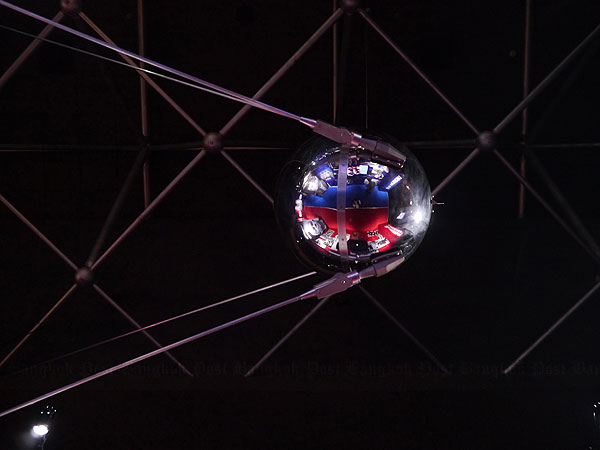
FORWARD THINKERS
The exhibition began with a short introductory film screened in a replica of the cage lift used to transport Apollo mission astronauts to the entrance of their rockets. Upon exiting the lift, visitors walked through the gantry, which again was a replica of the ones used by the Apollo astronauts.
The next part of the adventure, a room called “Dreamers,” was devoted to information about forward-thinking science fiction writers, filmmakers and astronomers including George Méliés, Jules Verne, Leonardo da Vinci and Fritz Lang, whose 1929 sci-fi film Woman in the Moon was shown on a screen.
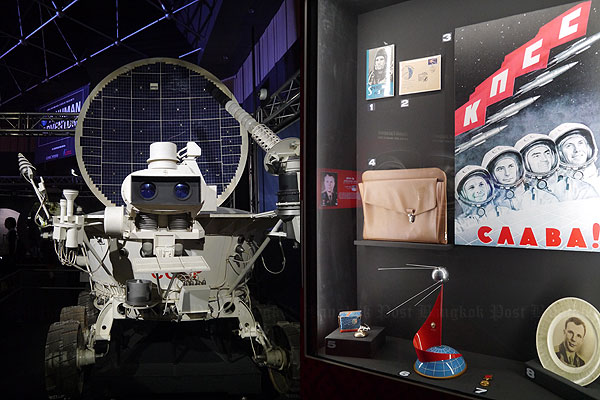
READY TO GO
The next zone, titled “Go Fever,” was all about the beginnings of the Space Race, during which Cold War rivals USA and the USSR competed aggressively to develop spaceflight capability.
Hanging from the roof of this zone was a life-sized replica of Soviet satellite Sputnik 1, which in 1957 became the first man-made object in space. Also on display were newspaper articles and television footage of early space exploration experiments.
The second part of this section featured memorabilia and original articles about Soviet cosmonaut Yuri Gagarin, who in 1961 became the first man in space, as well as Alan Shepard, who later the same year became the first American in space.
In an adjacent room a typical early-60s living room was set up, complete with a television showing footage of US President Kennedy giving speeches about America’s space programme. On a coffee table in front of the TV were copies of Life magazine with cover stories about the Space Race. Vintage toys and kids’ accessories relating to the US space programme were also on show.
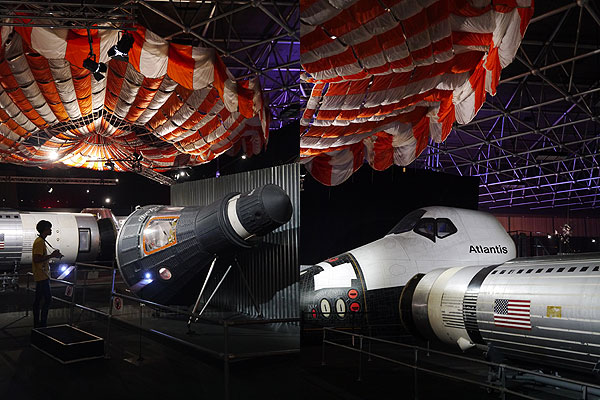
ROCKET SCIENCE
The next big room in the exhibition provided information about pioneers of rocket development, some of whom went from developing weapons during World War II to working with the American or Soviet space agencies.
This zone also featured real and life-sized replicas of rocket boosters and engines, as well as intricate models (at a scale of 1:72) showing the evolution of NASA’s rocket development over the decades.
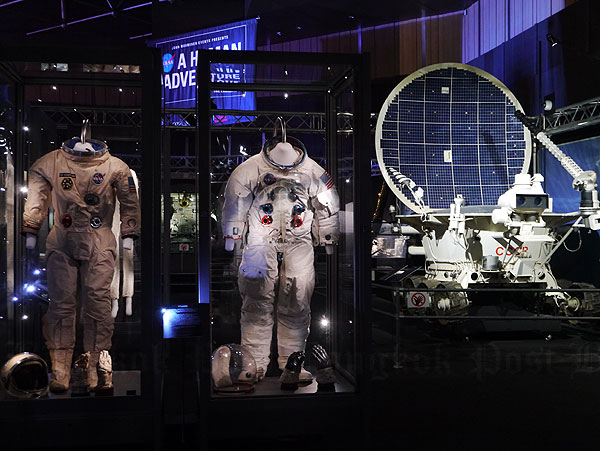
MANNED MISSIONS
The last two zones of the exhibition focused on manned missions to space and the Moon. Pressure suits and space suits used for actual missions were displayed in large cabinets, while a smaller display showed the food taken on early missions into space. Food supplies included dried meat, granola, coffee and, for the Soviet cosmonauts, vodka!
Real and life-sized replicas of moon rovers and landing pods were also displayed in this room, as were some of the actual cameras used by NASA astronauts during various moon landings.

SPACE ODYSSEY
The last part of the exhibition was a huge room full of replicas of various US spacecrafts used in Apollo and Gemini missions. Also included was the surprisingly small spacecraft used for the Mercury missions, which in the early 1960s sent the first US astronauts into space.
Vintage ground control equipment and analogue computers used in early space flights were among the interesting equipment displayed in this zone. The exhibition ended with a replica model showing the outside and interior of the front part of a NASA Space Shuttle, used for space missions from 1981 until 2011.

TAKING OFF
At the end of the exhibition there were a few space-related rides and activities, the most exciting of which was a G-force simulator. Visitors could sit in one of the two small enclosed pods at either end of the machine, which then spun around quickly to give an idea of what astronauts feel when their spacecraft is taking off or landing.

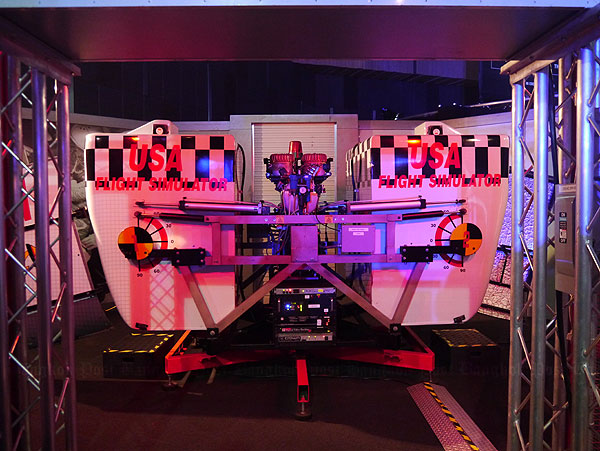
Vocabulary
- informative (adj): giving useful information
memorabilia (n): things that people collect because they once belonged to a famous person or because they are connected with an interesting place or event
gantry (n): a tall metal frame used to support a spacecraft while it is still on the ground
adjacent (adj): situation next to or near something
pioneer (n): a person who is the first to study and develop a particular area of knowledge, culture, etc. that other people continue to develop
evolution (n): the gradual development of something
ground control (n): the people and equipment on the ground that make sure that planes or spacecraft take off and land safely
simulator (n): a piece of equipment that artificially creates a particular set of conditions in order to train somebody to deal with a situation that they may experience in reality


